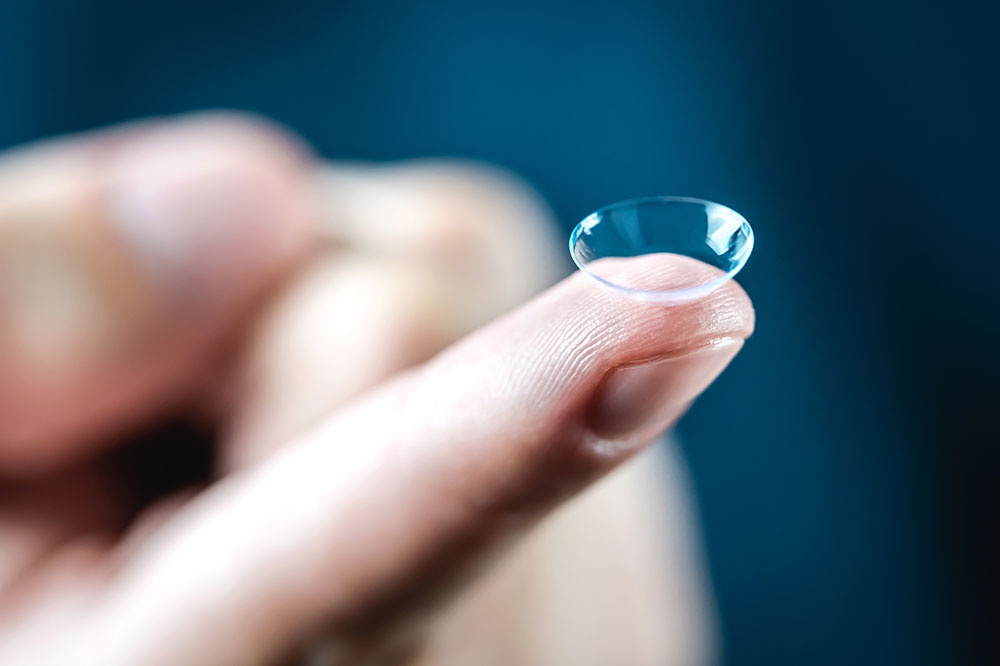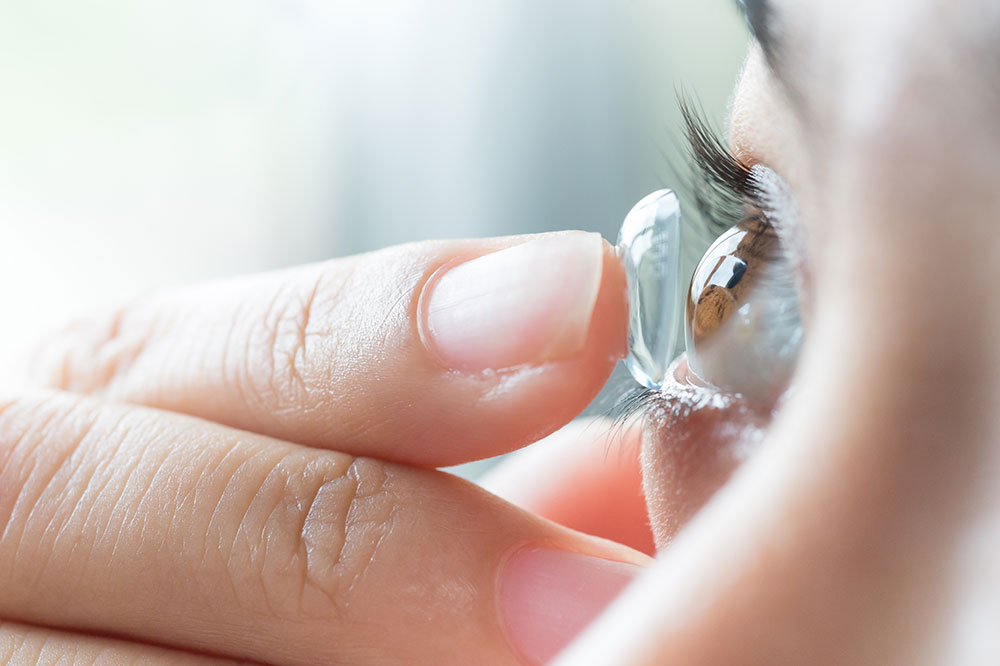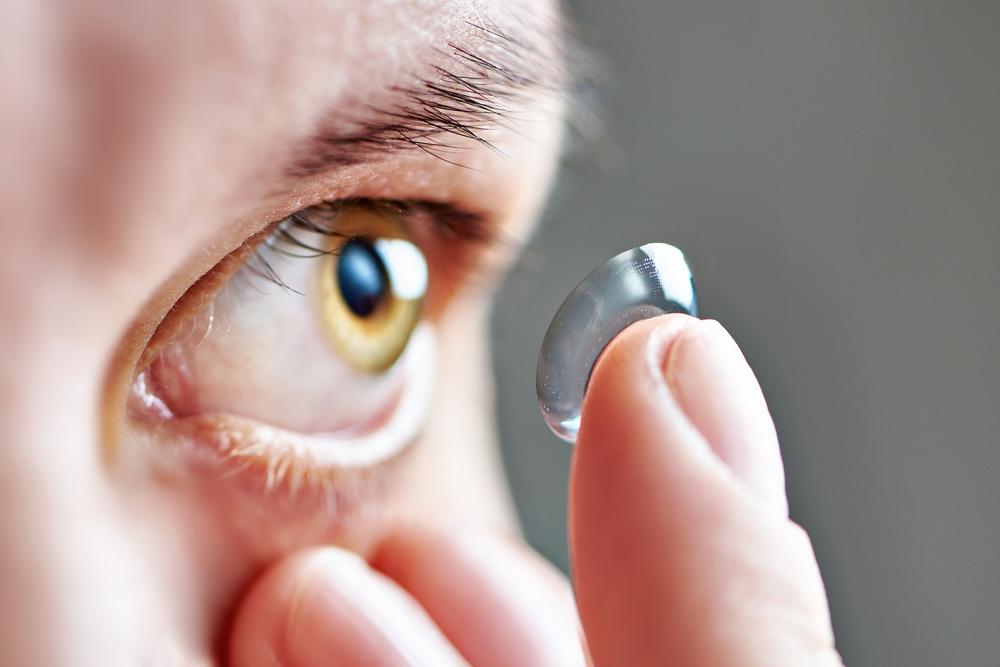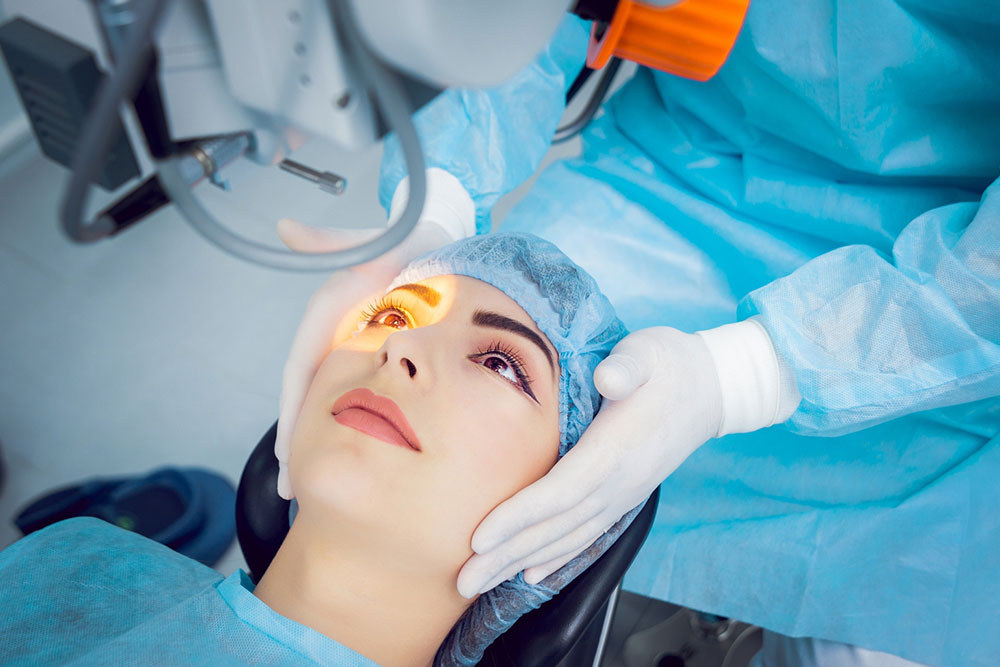Comprehensive Guide to Multifocal Contact Lenses: Enhancing Vision at Every Distance
Discover everything about multifocal contact lenses, from their types and benefits to potential challenges. This comprehensive guide helps presbyopia sufferers and individuals needing versatile vision correction make informed decisions. Learn how these lenses provide seamless sharpness at all distances, offering convenience and aesthetic advantages. Find out about lens designs, fitting tips, and what to expect during adaptation. A must-read resource for anyone seeking an effective alternative to glasses or multiple contact prescriptions for enhanced daily vision and comfort.

Understanding Multifocal Contact Lenses: Your Complete Vision Solution
Multifocal contact lenses have revolutionized the way individuals with presbyopia and other vision challenges correct their sight. Designed to incorporate multiple prescriptions within a single contact lens, these lenses offer seamless vision correction at various distances—near, intermediate, and far—without the need to switch between multiple pairs of glasses or contact lenses. As we age, many people experience presbyopia, a natural condition where the eye's lens loses flexibility, making it difficult to focus on objects up close. Multifocal contact lenses provide an efficient and convenient solution for maintaining clear vision across different viewing ranges, significantly enhancing quality of life.
Before opting for multifocal contact lenses, understanding their various types, benefits, limitations, and the factors influencing their choice is crucial. With numerous options available, including design variations and price points, selecting the right pair requires careful consideration. In this comprehensive guide, we will explore the fundamental aspects of multifocal lenses, their types, advantages, potential drawbacks, and key tips for success. Whether you are currently considering these lenses or looking to optimize your existing vision correction plan, this article aims to deliver in-depth insights and practical guidance.
Multifocal vs. Bifocal Contact Lenses: Clarifying the Differences
Many individuals confuse multifocal and bifocal contact lenses, often assuming they serve similar purposes. However, they differ significantly in design and functionality. Bifocal lenses consist of two distinct zones—one for near vision and another for distance—often separated by a visible line. Transitioning between these zones can sometimes cause image jump or discomfort, especially if the lenses are not properly fitted.
In contrast, multifocal contact lenses are engineered to provide a smooth, continuous transition between multiple focal points, enabling a more natural and comfortable vision experience. They incorporate gradual changes in lens power across the surface, allowing the eyes to adapt effortlessly to different distances. This design minimizes visual disruptions and enhances overall clarity, making multifocal lenses a preferred choice for many users.
Types of Multifocal Contact Lenses: An in-depth look
Choosing the right multifocal lens depends on your specific needs, lifestyle, and eye health. There are primarily two major designs of multifocal contact lenses—each tailored to different preferences and visual requirements.
Concentric Multifocal Lenses: These lenses feature a central zone dedicated to distance vision, surrounded by concentric rings of increasing power aimed at near and intermediate viewing. The ring pattern allows for easy switching between focal points by the eye, which naturally aligns with the different distances. This design is especially effective for those who require sharp vision at distinct distances and prefer a straightforward lens structure.
Aspheric Multifocal Lenses: Unlike concentric designs, aspheric lenses employ a gradual change in lens power from the center to the edge, without distinct rings. This smooth transition mimics the natural focusing process of the eye and provides a seamless shift in vision. Aspheric multifocals are often favored for their comfortable fit and a more natural visual experience, especially in varying lighting conditions or during activities requiring quick focus shifts.
Advantages of Multifocal Contact Lenses
For individuals experiencing presbyopia or declining near vision clarity, multifocal contact lenses offer an array of benefits that significantly improve daily life and visual comfort. These include:
Versatile Vision Correction: Multifocal lenses enable clear sight at all distances, reducing the need for reading glasses or multiple contact lens prescriptions.
Natural Sight Experience: They provide smooth transitions between focal points, mimicking natural eye focusing and minimizing visual disruptions.
Convenience and Comfort: Users can enjoy the freedom of switching effortlessly between tasks—reading, driving, working on a computer—without changing lenses or glasses.
Enhanced Aesthetic: Since these lenses eliminate the need for multiple glasses or bifocal overlays, they can be a more aesthetic solution for some users.
Potential Drawbacks and Considerations
While multifocal contact lenses are highly advantageous, they do come with some challenges and considerations, especially during initial adaptation. Common issues include:
Adjustment Period: It may take a few days to weeks for your eyes to adapt to the new lenses, during which some visual disturbances may occur.
Visual Phenomena at Night: Some users experience halos, glare, or starbursts, particularly in low light conditions or at night, due to the lens design.
Cost Implications: Multifocal lenses tend to be more expensive than single-vision contacts because of their complex design and the need for precise prescriptions.
Complex Fitting Process: Achieving the optimal visual clarity may require multiple fitting appointments and adjustments with your eye care professional.
In conclusion, multifocal contact lenses represent an effective, practical solution for maintaining excellent vision across multiple distances. They bring convenience and aesthetic appeal, making them a popular choice among presbyopic individuals and those seeking comprehensive vision correction. However, informed choices, proper fitting, and adequate adaptation are essential for achieving the best results.





